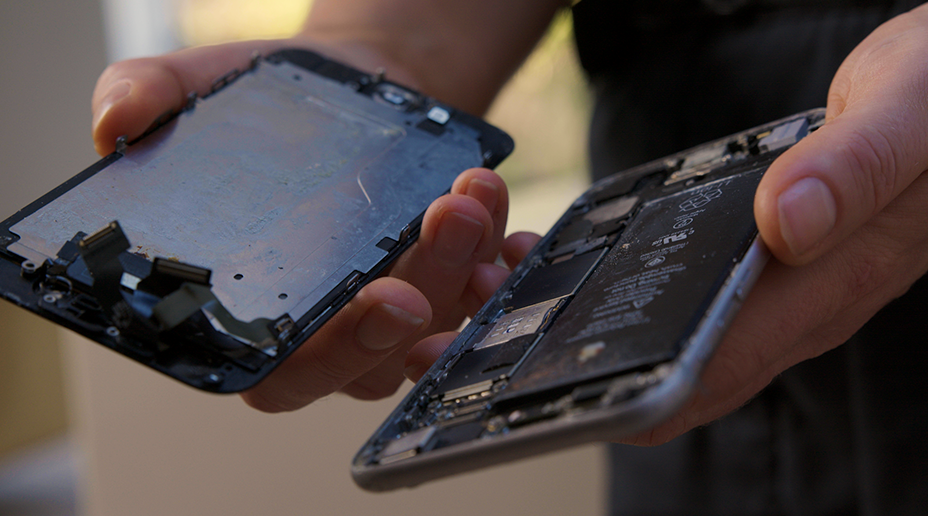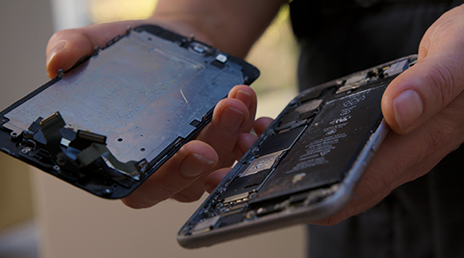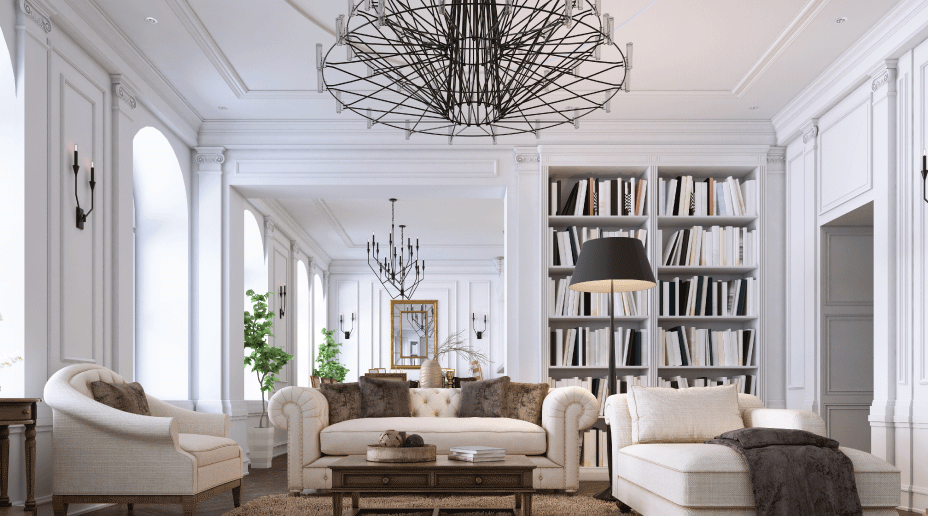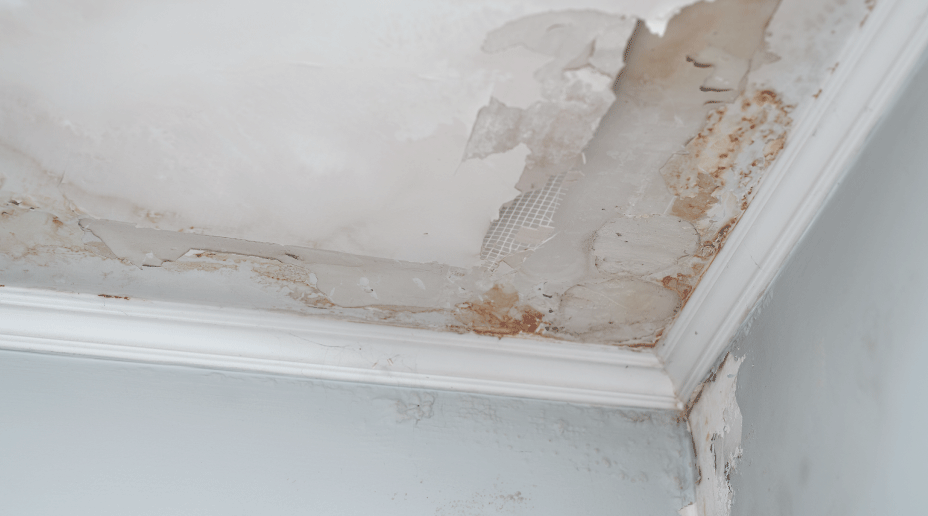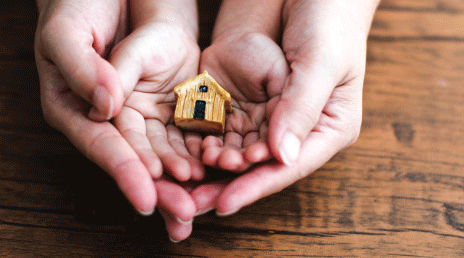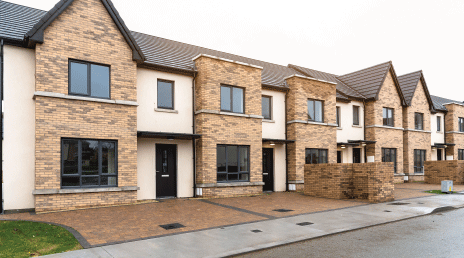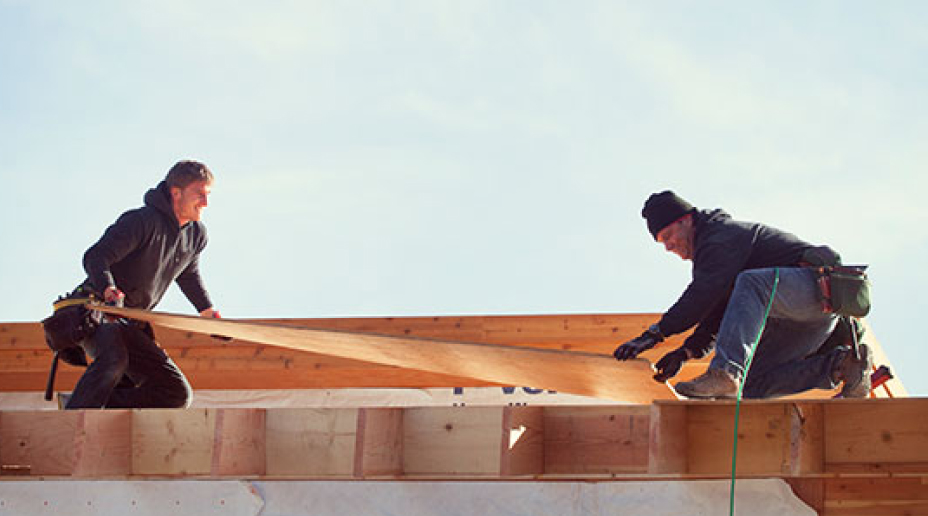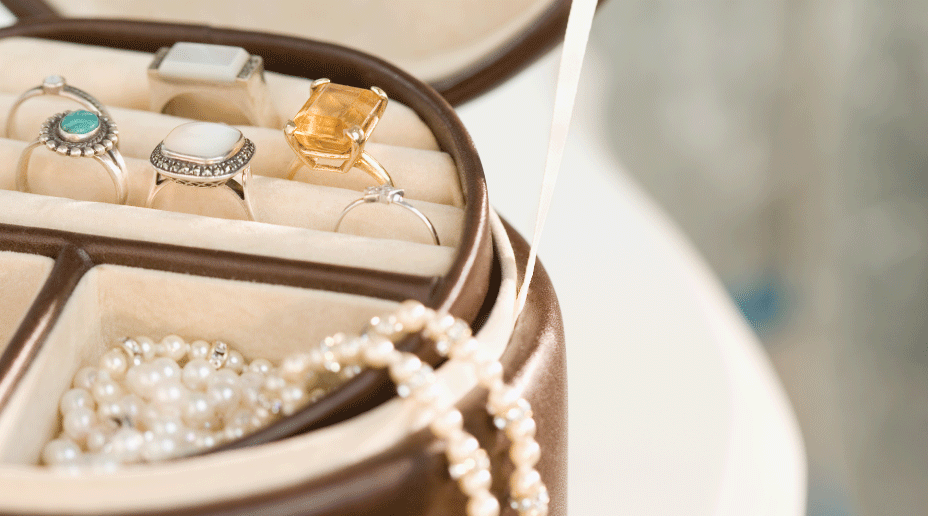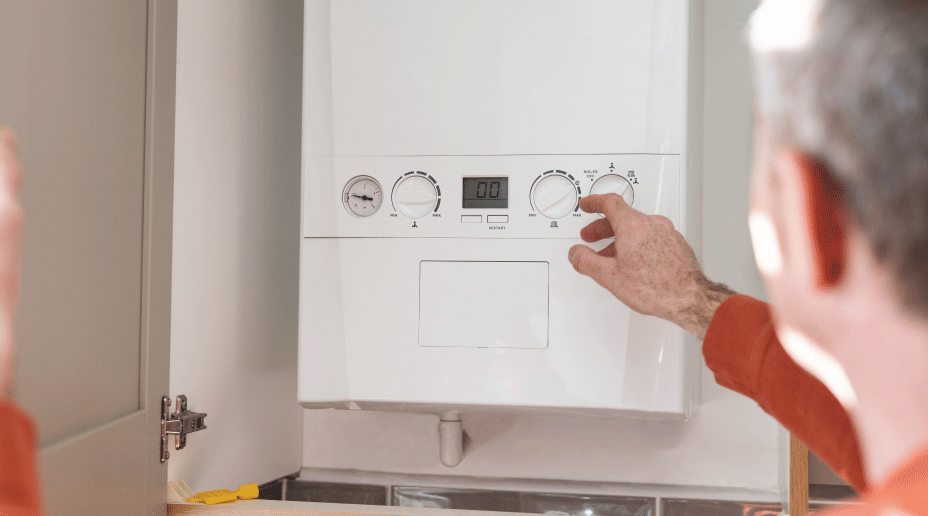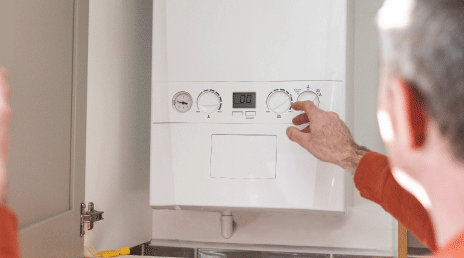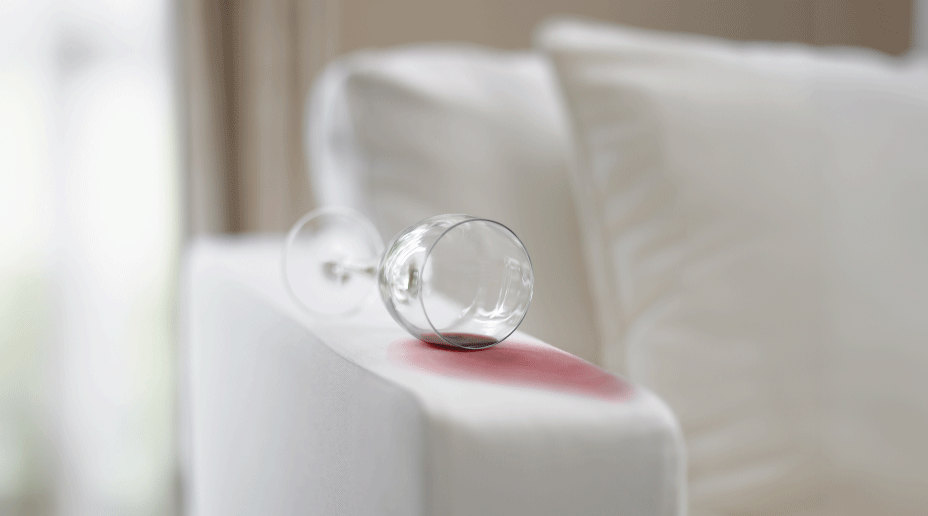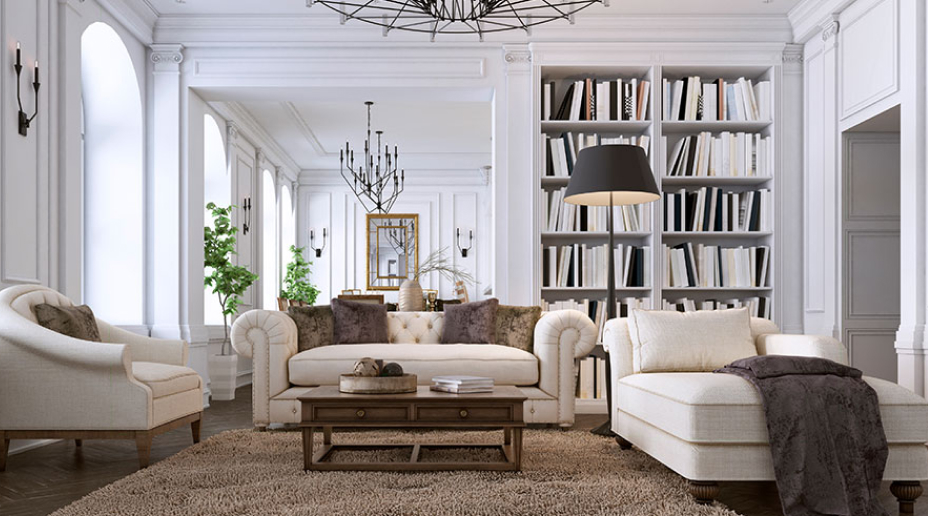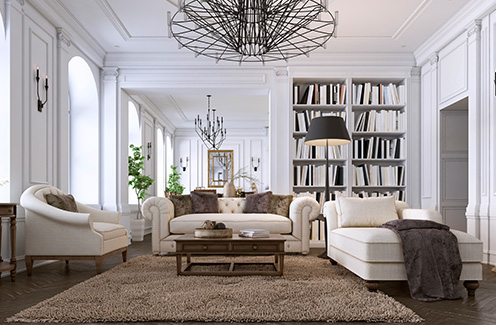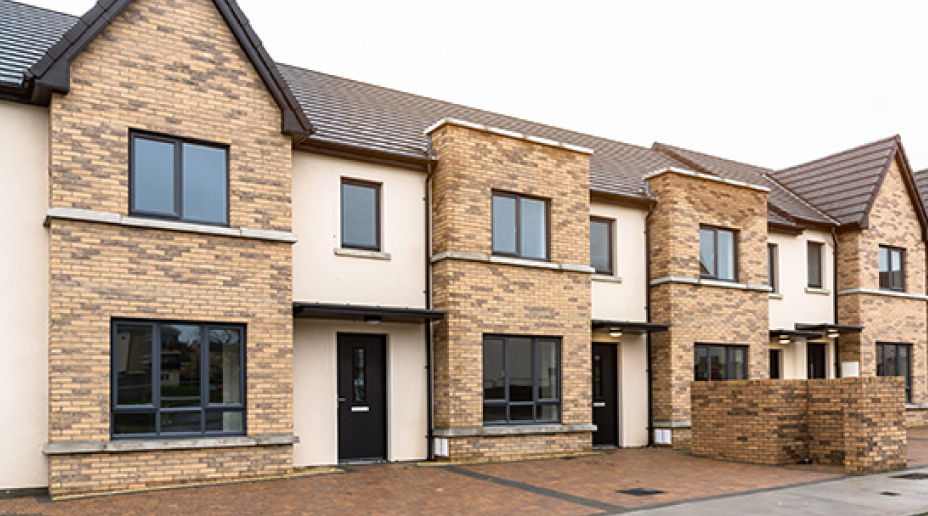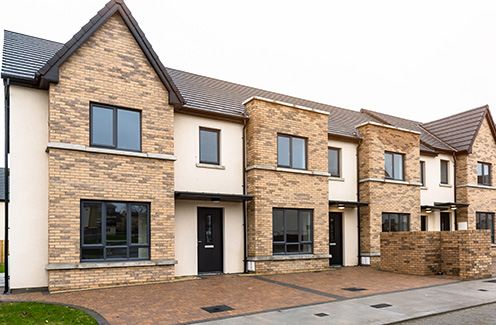Published 16 May 2024
Stay insured with the right house locks
Published 16 May 2024
Do you know your five-lever mortice from your multi-point locking system?
- Why the right locks can make a big difference.
- Choose quality locks and have them properly fitted.
- Identify which types of locks you have.
Are you properly secured and insured?
It may surprise you to learn that you might not be insured if you don't have certain types of locks on your doors and windows. But when you think about it, the right locks can help keep your home secure and stop you looking like an easy target for burglars.
If you don’t have quality locks, properly fitted, you're leaving yourself open to theft. And, just like if you leave a window open when you go out, your insurer isn't obliged to pay out when you make a claim.
Securing your house with the right types of locks can make a big difference to your personal security and your home or contents insurance.
It pays to have the right house locks
Home insurance companies may expect a minimum level of security on entrances to your home, especially ground floor doors and windows. They usually ask if you have these locks in place already and if you don't you're given a few weeks to get them fitted.
While this can be expensive in the short-term, it pays in the long-term for two good reasons:
1. Solid house locks deter burglars, so your valuables are safer when you’re not at home.
2. If you are burgled, your insurance provider will pay out, so at least you can replace the things that are stolen.
What type of lock do I have?
It's not always easy to tell, but your home insurance provider will need to know so that they can assess how secure your home is and whether you need to upgrade your locks.
There are four main types of lock and you probably have more than one type in your home.
-
Five-lever mortice lock
-
Multi-point locking system
-
Rim locks or night latches
-
Window locks
Often used to lock your front door, the five-lever mortice lock is the most secure type of general house lock. The more levers a lock has, the more difficult it is to pick.
The lock is usually built into the door itself and the piece of metal (known as a strike plate) sits in the door frame. As you turn the key, the bolt moves across and locks the door. The only way to open the door is with a key.
Most insurers insist your lock conforms to British Standard BS3621, which ensures it has certain security features in the mechanism. You can tell if your lock conforms by checking for the BSI Kitemark™ - usually on the plate set in the door.
These locks are often found in uPVC doors, usually on patio or French doors. They have at least three places in the frame that all lock at the same time, using the same key, and you normally need to lift the handle to lock the door.
As the key cylinder controls all the locking points, it's important to fit a secure type of cylinder. The Master Locksmith Association recommend a 'Diamond' approved cylinder for maximum security.
Unlike mortice locks that are built into the door, these locks are fixed to the door itself with the latch mounted on the door frame. They can usually be deadlocked from the inside, but more secure versions can also be deadlocked from the outside with a key.
They’re considered to be less secure than mortice locks or multi-point locks. Many insurers require you to have additional security, like a mortice lock, if you have a rim lock or night latch on your front door.
With casement and uPVC windows, you'll probably find locks on the handles of the window or at the top and bottom of the window.
With sash windows there's often a central locking bolt and two side bolts so the window can open to allow air in, but not enough to let a burglar in.



